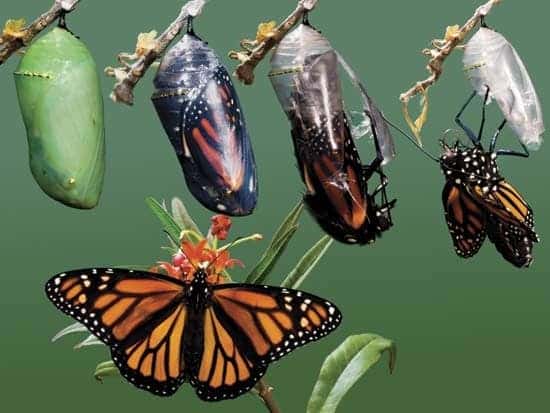Masters of Metamorphosis
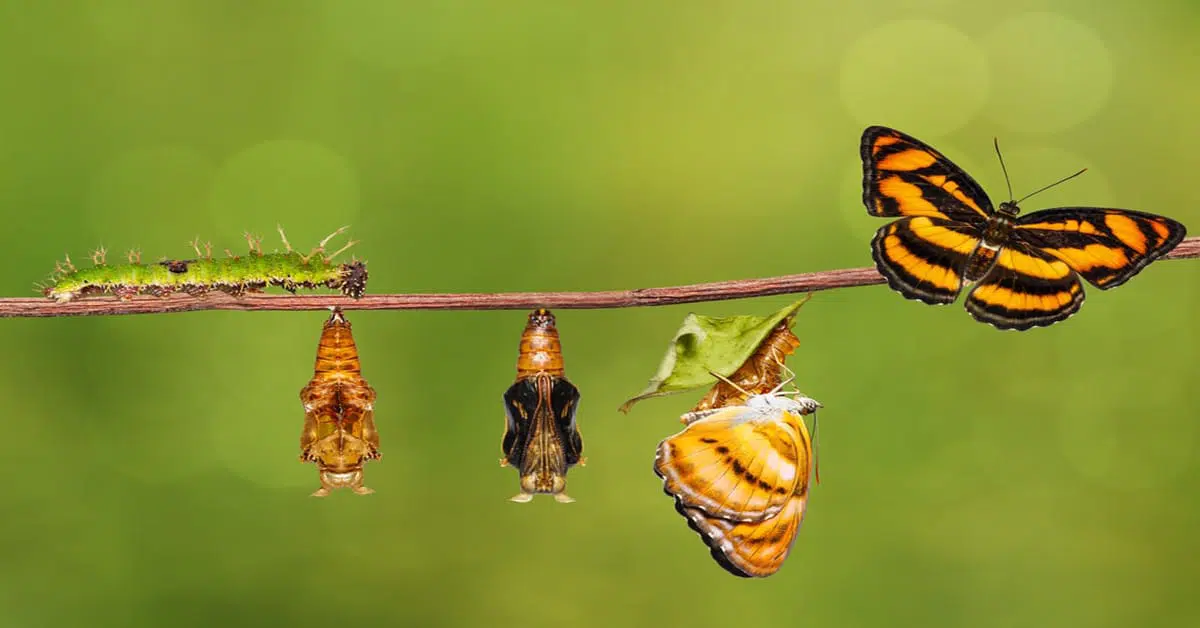
You may already know that butterflies start their lives as caterpillars, but how exactly does a caterpillar become a butterfly? They change their body through a fascinating process called metamorphosis. It all starts when a mature butterfly lays its eggs on the underside of a leaf.
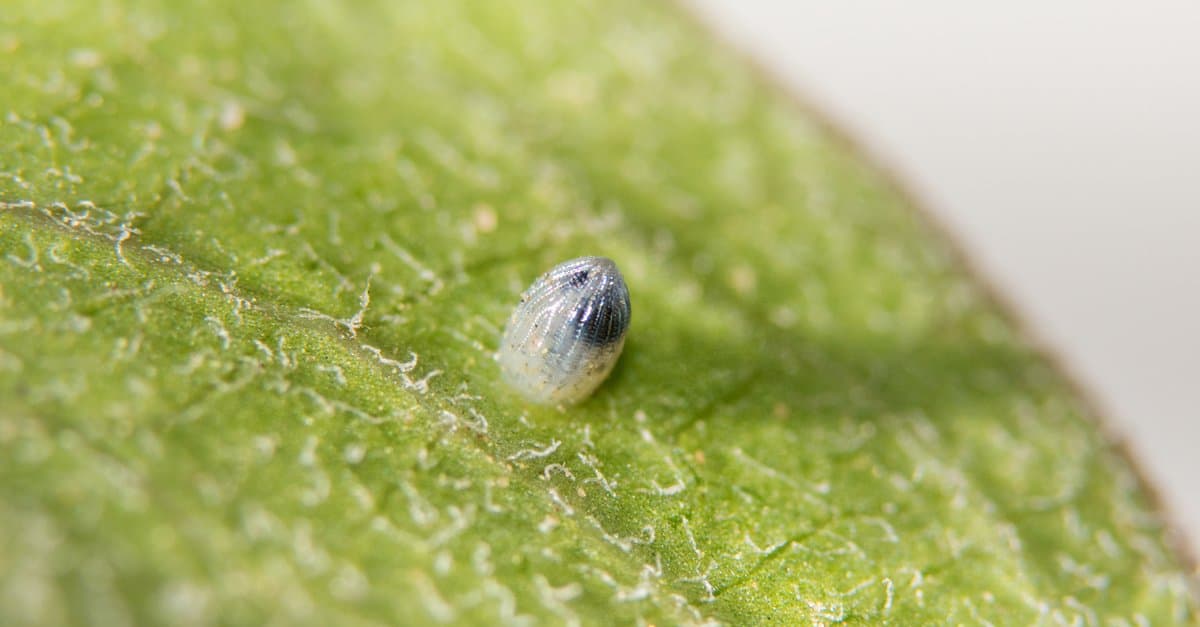
Image: Sari O'Neal, Shutterstock
Soon the butterfly's larva, the caterpillar, hatches from the egg and starts munching its way from leaf to leaf.
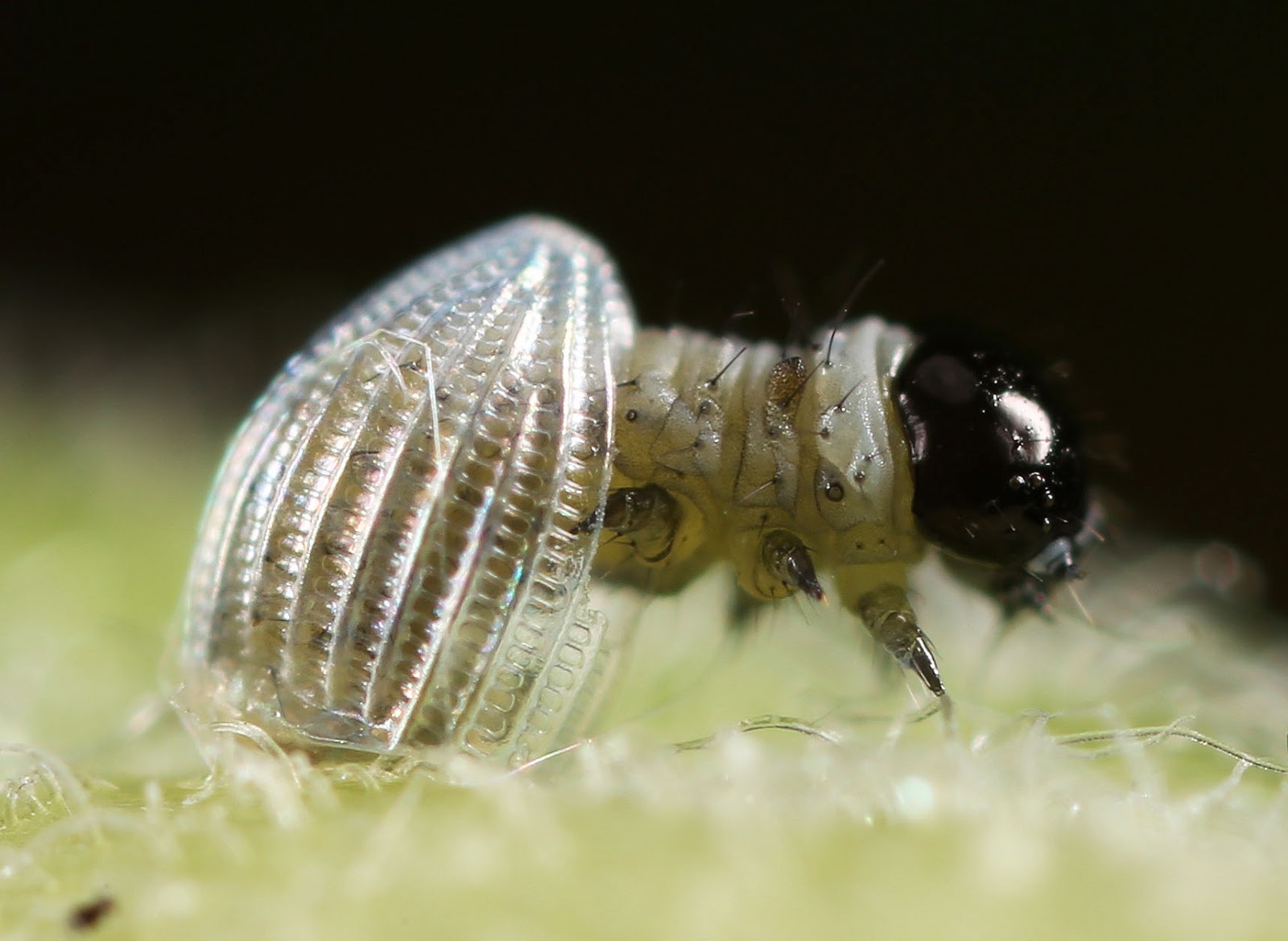
Image: All of Nature, Siah St. Clair
All those tasty, nutritious leaves give the caterpillar the fuel it needs to grow. As it grows larger, the caterpillar sheds its skin. Most caterpillars shed their skin four times before reaching the size needed to become a pupa.
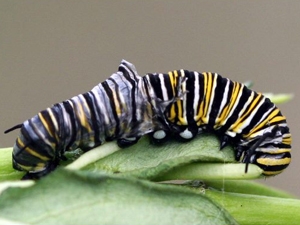
Once it's fully grown, the caterpillar enters its pupal stage. It uses sticky silk to glue its rear end to the underside of a leaf, then sheds its skin to reveal a protective casing made from a stiff layer of hardened skin.
Now a pupa protected by a sturdy chrysalis, the metamorphosis from caterpillar to butterfly can begin.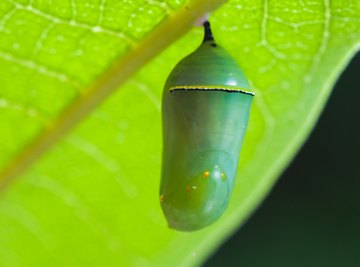
During the pupal stage, an incredible biological transformation occurs. The caterpillar's body breaks apart while the new butterfly's organs, wings, antennae, legs and exoskeleton all form inside the chrysalis. This process of metamorphosis takes about two weeks.
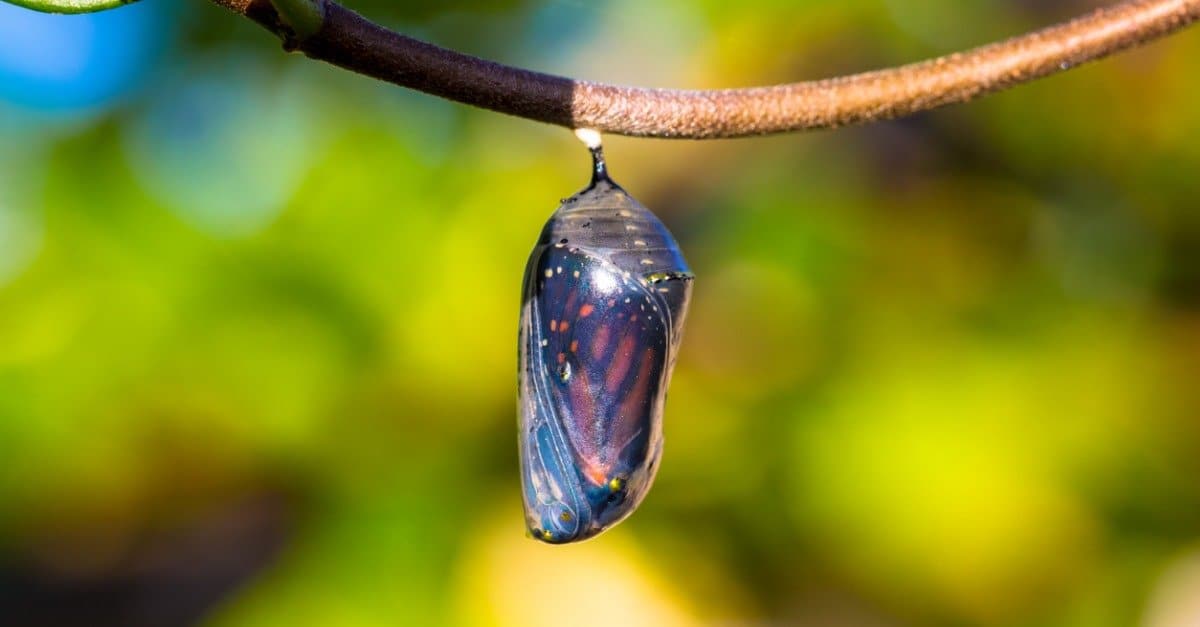
Image: iStock.com/Daynjer-In-Focus
By the end, the chrysalis has lost nearly half of its weight. Some species of butterfly will hibernate inside the chrysalis until the end of winter. When spring arrives and the flowers start to bloom, the time is right for the butterfly to spread its wings!

Image: Yahoo
When the butterfly is finished forming, it secretes a liquid that softens the shell of the chrysalis. The chrysalis thins and the butterfly can be seen wriggling inside. The butterfly uses the sharp claws on its legs to pull the chrysalis apart, and then pushes itself free through the opening. This struggle to escape the chrysalis helps the butterfly build the strength and coordination it will need to fly.
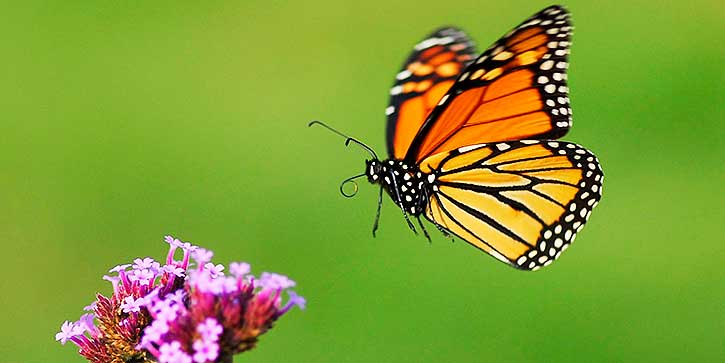 About an hour after escaping from its chrysalis, the butterfly's wings will dry, and it will soar off into the sky in search of that sweet, sweet nectar!
About an hour after escaping from its chrysalis, the butterfly's wings will dry, and it will soar off into the sky in search of that sweet, sweet nectar!Taste buds on your feet? Yuck!
It may sound gross to us, but butterflies can use their feet to taste the surfaces they walk on. Having taste sensors located on the bottom of your feet may seem like a curse. Who wants to taste the inside of their socks? For a butterfly, though, it's a superpower!
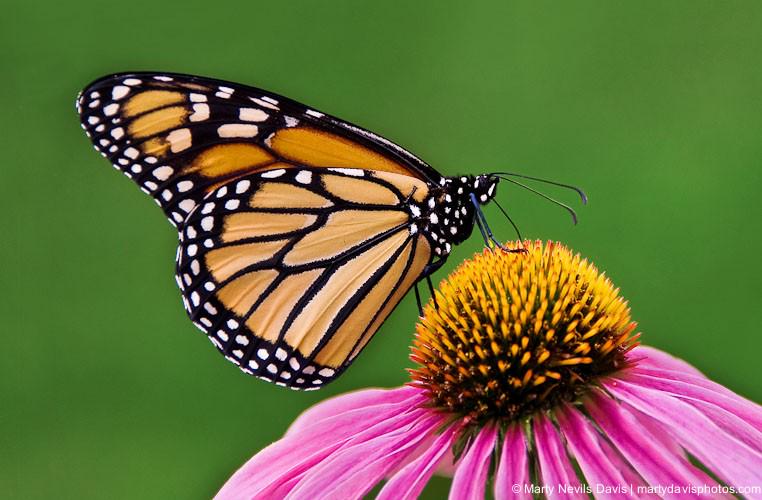
Image: Marty Davis Photos
Butterflies use the taste sensors on their front legs to identify sources of food, like nectar filled flowers, juicy fallen fruit, and mineral rich mud puddles. Their bipedal palettes also help them find the right kinds of plants to lay their eggs on. They can tell by foot-tasting a leaf whether or not it will make a good source of food for their caterpillars!
Some Butterflies are Masters of Disguise!
The bright, colorful patterns on butterfly wings aren't just a pretty decoration. A butterfly's wings help it survive by scaring off predators, or by helping the butterfly blend into it's surroundings.
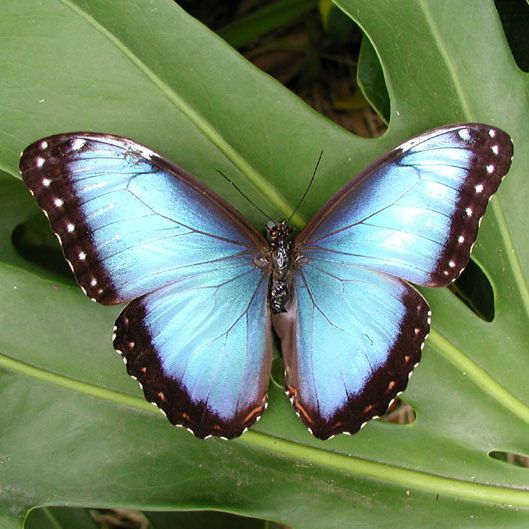
Image: Rainforest Alliance
The Blue Morpho butterfly's shiny wings reflect blue light which helps it blend into the blue sky around it, making it hard for sharp-eyed predators like birds to spot it while it flies.

Meanwhile, the Owl Butterfly prefers to scare away predators with wings that mimic the stare of an owl's large, intimidating eyes.
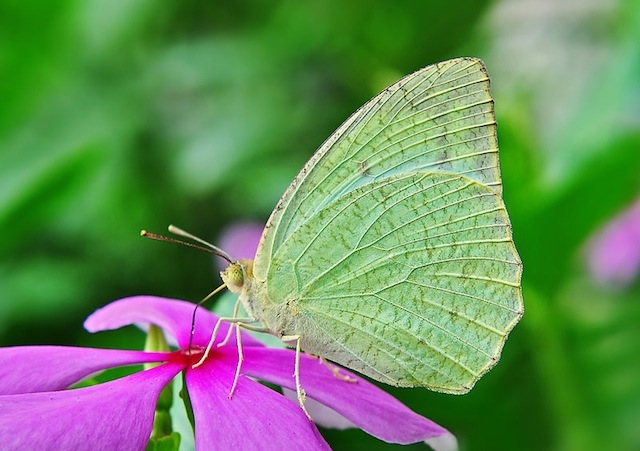
Image: The Scientist
Others prefer to hide in plain sight, like the Leaf Butterfly with wings that, when folded closed, look exactly like a dead leaf.
Butterflies can see ultraviolet light!
When you look at a butterfly's wing, you can see beautiful colors and mesmerizing patterns. However, like secret agents hiding coded messages in invisible ink, butterfly wings contain invisible secrets meant for butterfly eyes only.
A butterfly's wing is made of a thin, clear material called chitin and covered in tiny scales. These scales absorb certain wavelengths of light and reflect others, creating the vibrant colors we see when we look at a butterfly. For example, a Blue Morpho's wings absorb every color of light except for blue. So the color you see is blue light reflecting off the scales on the butterfly's wing.
However, in addition to the visible spectrum of light (all the colors you see in a rainbow), the sun casts ultraviolet light. Humans can't see ultraviolet light, but butterflies can!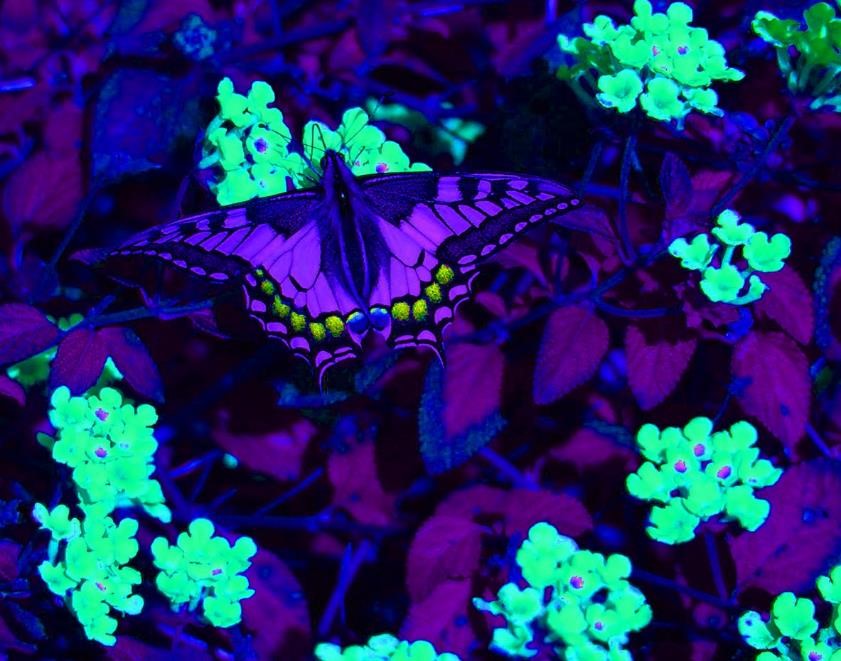
Image: Reiman Gardens
The scales on a butterfly's wing reflect hidden ultraviolet patterns that are invisible to us, but visible to other butterflies. Scientists think these ultraviolet patterns may help butterflies "talk" to each other. Fun bonus fact, a scientist who studies butterflies is called a Lepidopterist!The Largest Butterfly In The World?There are more than 17,000 different species of butterflies. They come in many different shapes, sizes and colors. Some live only a few weeks, others like the monarch butterfly native to California will live up to 9 months! So, which species of butterfly is the largest of them all?
 Image: Wikipedia
Image: WikipediaIn North America, the largest butterfly you can find is the Giant Swallowtail, a yellow and black stripe butterfly with a wingspan that ranges from 5 to 7 inches wide. Sadly, the giant swallowtail doesn't quite measure up to the largest butterfly in the world. That honor belongs to a species called Queen Alexandra's Birdwing, found in the rainforests of Papua New Guinea.
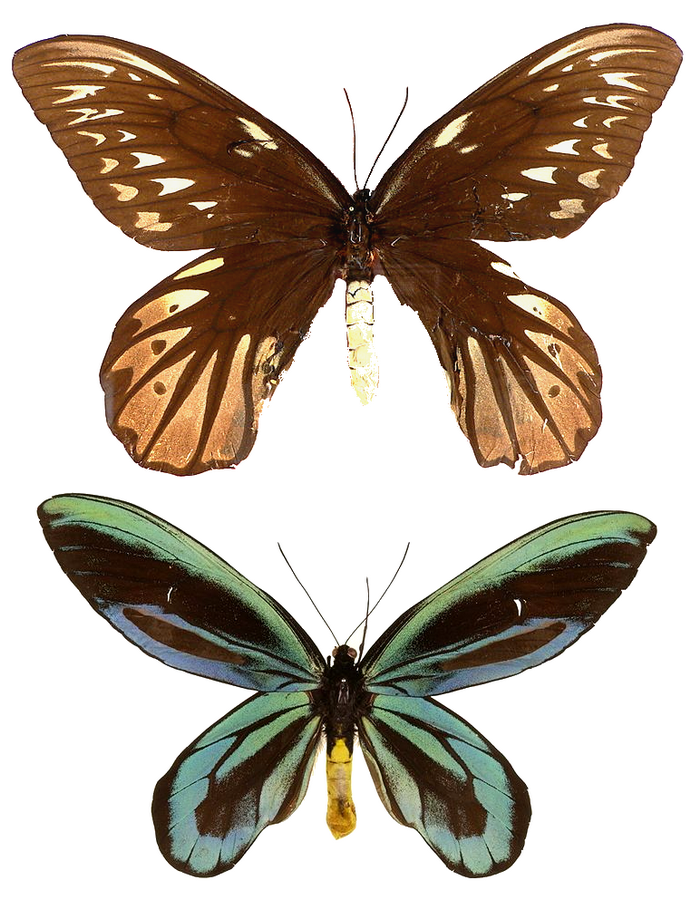
Image: Wikipedia
These beautiful butterfly behemoths can reach a wing span of up to 10 inches across. That's only two inches shy of a full foot.Thanks for exploring the amazing world of butterflies with us! We hope you are excited to share all the amazing facts you've learned today. Want to learn even more about bugs, birds, and nature? Our Koala Crate projects feature fun, interactive lessons, and games on all kinds of fascinating topics for children ages 2-4+. With new crates sent every month, the fun never stops!